 1984 Mercedes-Benz W124 Dimensions, Size & Specs
1984 Mercedes-Benz W124 Dimensions, Size & SpecsMeasurements of the 1984 Mercedes-Benz W124, engineered for optimal performance and comfort
| Dimensions | |
|---|---|
| Length: | 4710-5000 mm185.4-196.9 in15.5-16.4 ft |
| Width: | 1730-1750 mm68.1-68.9 in5.7-5.7 ft |
| Height: | 1425-1451 mm56.1-57.1 in4.7-4.8 ft |
| Trunk Capacity: | 520 liter18.4 cu ft |
| Weight Specifications | |
| Curb Weight: | 1260-1580 kg2778-3483 lbs |
| Maximal permitted Weight: | 1780-2050 kg3924-4519 lbs |
| Tire Specifications | |
| Rims Sizes: | 15-inch rims:
|
| Tire Sizes: |
|
The Mercedes-Benz W124 generation, produced between 1984 and 1989, is a classic sedan that represents a significant evolutionary step in Mercedes engineering and design. Measuring between 4710 mm (185.4 inches) and 5000 mm (196.9 inches) in length, this vehicle strikes a balance between spaciousness and agility. The width ranges from 1730 mm (68.1 inches) to 1750 mm (68.9 inches), contributing to stable road handling, while the height varies from 1425 mm (56.1 inches) to 1451 mm (57.1 inches), offering a well-proportioned silhouette typifying mid-1980s luxury sedans.
The curb weight of the W124 ranges from 1260 kg (2778 lbs) to 1580 kg (3483 lbs), while the maximum permissible weight spans from 1780 kg (3924 lbs) to 2050 kg (4519 lbs), reflecting variations based on engine options and trim levels. This weight distribution supports a sturdy yet dynamic driving experience. The luggage capacity is a generous 520 liters (18.36 cubic feet), suitable for extended travel and daily needs, making the W124 a practical choice for families and professionals alike.
The car rides on rim sizes from 6.5J x 15 to 6J x 15 and tire sizes of 195/65 R15 and 185/65 R15, optimizing grip and comfort for the sedan’s performance profile. These tire specifications reflect the design priorities of the era, balancing ride comfort with driving precision.
Overall, the Mercedes-Benz W124 of 1984-1989 stands as a testament to the brand’s commitment to durability, comfort, and style. Its carefully balanced dimensions and weight contribute to a distinguished ride quality and road presence that remains appreciated by enthusiasts and collectors today. This generation is an excellent subject for car size comparison enthusiasts interested in iconic mid-size luxury sedans of the late 20th century.
Discover the standout features that make the 1984 Mercedes-Benz W124 a leader in its class
Have a question? Please check our knowledgebase first.
The Mercedes-Benz W124 sedan from 1984 to 1989 comes with a length ranging between 4710 mm and 5000 mm (185.4 to 196.9 inches). This range accounts for different model variants, including longer wheelbase versions. The length makes it a mid-to-large size sedan that comfortably accommodates passengers and offers ample interior space. Its length contributes both to its classic luxury sedan presence and spacious cabin design.
The W124 has a width of approximately 1730 mm to 1750 mm (68.1 to 68.9 inches). This width provides a stable road presence while offering sufficient shoulder room inside for occupants. The car’s relatively balanced width ensures maneuverability in urban settings and contributes to its classic proportional aesthetics, making it practical for both city and highway driving.
The height of the W124 ranges from 1425 mm to 1451 mm (56.1 to 57.1 inches), depending on the specific model and suspension settings. This moderate height ensures good headroom for front and rear passengers, contributing to overall comfort. The balanced height also allows the sedan to have a relatively low roofline typical of luxury sedans without compromising interior space.
The curb weight of the W124 ranges between 1260 kg and 1580 kg (2778 to 3483 lbs), varying by engine choice, trim, and additional options. This moderate weight allows for solid build quality and sturdy feel on the road while maintaining manageable fuel efficiency and responsive handling. The weight distribution and chassis design contribute to the vehicle’s reputation for comfort and stability.
The maximum weight (gross vehicle weight) of the W124 ranges from 1780 kg to 2050 kg (3924 to 4519 lbs), encompassing the vehicle, passengers, and cargo. With a luggage capacity of about 520 liters (approximately 18.3 cubic feet), the sedan offers substantial trunk space suitable for long trips or daily use. This capacity balances passenger comfort and utility.
Yes, the Mercedes-Benz W124 fits comfortably into a standard residential garage. Typical single-car garages have widths of around 2400-3000 mm (7.9 to 9.8 feet) and depths of approximately 4800-6000 mm (15.7 to 19.7 feet). With its length of 4710 to 5000 mm (185.4 to 196.9 inches) and width of 1730 to 1750 mm (68.1 to 68.9 inches), it can be accommodated with enough clearance to prevent door dings and allow comfortable movement around the vehicle.
The W124 offers a slight increase in size compared to the W123, which was the predecessor. The W123's length was approximately 4700 mm (185 inches), with a similar width around 1740 mm (68.5 inches) and height close to 1430 mm (56.3 inches). The W124 was designed to provide improved interior space, better aerodynamics, and a more modern aesthetic, which resulted in a marginally larger footprint and enhanced comfort compared to the W123.
Compared to contemporaries like the BMW E30 3 Series and Audi 80 from the mid to late 1980s, the Mercedes-Benz W124 is generally larger. The W124's length (4710–5000 mm) and width (1730–1750 mm) tend to exceed these competitors, which typically measured between 4400 mm to 4600 mm in length and 1700 mm in width. This larger size translates to more interior space and trunk capacity, positioning the W124 as a more spacious and comfort-focused option among mid-size luxury sedans of its time.
The Mercedes-Benz W124 featured rim sizes commonly ranging from 6.5J x 15 to 6J x 15, with tire sizes including 195/65 R15 and 185/65 R15. These wheel and tire combinations provide a balance between ride comfort and handling precision. The relatively tall sidewalls on the tires aid in absorbing road imperfections, enhancing ride smoothness, while the 15-inch rims provide good stability and road grip, contributing to the vehicle's overall driving dynamics.
The Mercedes-Benz W124, produced between 1984 and 1989, is renowned for its engineering excellence, build quality, and durability. It introduced advanced technology and safety features for its time, including improved aerodynamics, multi-link rear suspension, and enhanced crash protection. The W124 offered a variety of engines and trim levels, providing a good balance of performance, comfort, and luxury. Its timeless design and robust construction helped it achieve legendary status among Mercedes enthusiasts.
Discover similar sized cars.
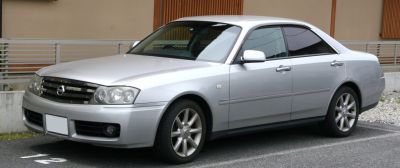
| Production: | 1999-2004 |
|---|---|
| Model Year: | 1999 |
| Length: | 4865 mm191.5 in |
| Width: | 1770 mm69.7 in |
| Height: | 1440-1465 mm56.7-57.7 in |
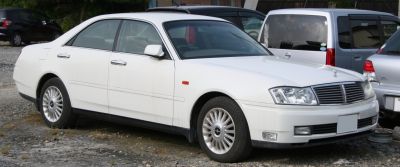
| Production: | 1999-2004 |
|---|---|
| Model Year: | 1999 |
| Length: | 4865 mm191.5 in |
| Width: | 1770 mm69.7 in |
| Height: | 1450-1465 mm57.1-57.7 in |
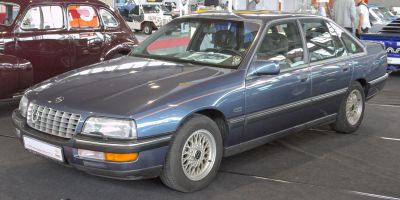
| Production: | 1987-1993 |
|---|---|
| Model Year: | 1987 |
| Length: | 4845 mm190.7 in |
| Width: | 1743-1763 mm68.6-69.4 in |
| Height: | 1452 mm57.2 in |

| Production: | 1997-2001 |
|---|---|
| Model Year: | 1998 |
| Length: | 4886 mm192.4 in |
| Width: | 1810 mm71.3 in |
| Height: | 1475 mm58.1 in |
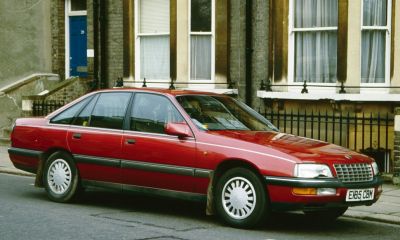
| Production: | 1987-1993 |
|---|---|
| Model Year: | 1987 |
| Length: | 4845 mm190.7 in |
| Width: | 1923-1932 mm75.7-76.1 in |
| Height: | 1450 mm57.1 in |
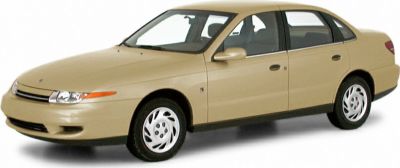
| Production: | 1999-2004 |
|---|---|
| Model Year: | 2000 |
| Length: | 4835 mm190.4 in |
| Width: | 1755 mm69.1 in |
| Height: | 1430 mm56.3 in |

| Production: | 1959-1968 |
|---|---|
| Model Year: | 1959 |
| Length: | 4875 mm191.9 in |
| Width: | 1795 mm70.7 in |
| Height: | 1500-1510 mm59.1-59.4 in |

| Production: | 1992-1997 |
|---|---|
| Model Year: | 1991 |
| Length: | 4885 mm192.3 in |
| Width: | 1800 mm70.9 in |
| Height: | 1476 mm58.1 in |
